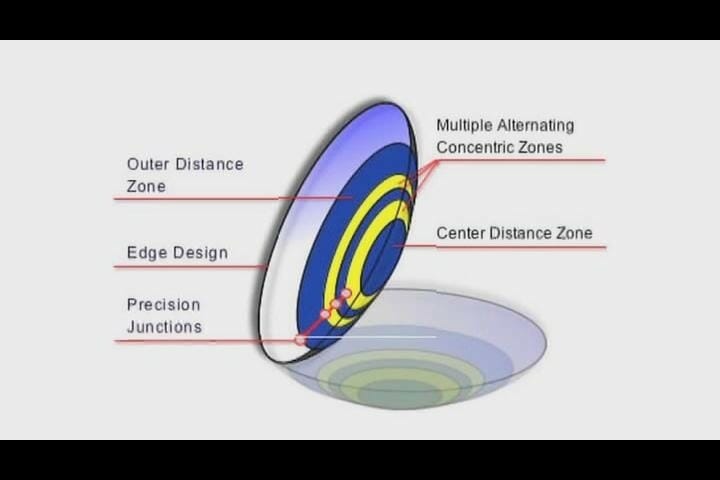Learning More About the Contact Lens

Contact lenses? They sound like something out of a science fiction movie: you place a thin clear disc over your eyes and it causes you to see differently. But that’s what millions of us do every day to see the world more clearly. About 97% people wear contact lenses as a medical devise to correct their vision, while others wear them for primarily cosmetic reasons.
A Simple Solution
Essentially, a contact lens changes the way light hits the eye. Its function is similar to eyeglasses: light is shifted toward the retina in a way that corrects a defect in the wearer’s eye. A doctor will prescribe a contact lens specific to that condition to insure the retina is getting optimal light exposure, allowing the wearer to focus clearly and correctly.
Contact lenses move along with a person’s eyes, which makes the lenses feel more like a person’s natural vision than eyeglasses. They are also easy to use. Most people place the contact lens on their clean index finger, and gently set it on their open eye, where the lens stays in place by pressure from the eyelid.
Here’s an example: people suffering from myopia, or nearsightedness, have very strong focusing power, which causes their eyes to focus light right in front of the retina instead of directly on it. Their prescription contact lenses will diverge light rays, moving the focal point of light directly on the retina. Farsighted people have just the opposite situation: they need more powerful focus, so their prescription will concentrate light, directing exactly at the retina.
Do Contact Lenses Work the Same as Glasses?
Basically, yes. Contact lenses are able to do the same sort of vision correction as glasses, but on a much thinner—and more compact—scale. While glasses have to be thick enough to withstand wearing in the world without breaking (eyeglass lenses are typically at a minimum 1mm thick), many soft contact lenses have a center thickness of 0.1mm.
Because contact lenses rest on a bed of tears on top of your cornea, their proximity allows them to provide complete coverage of the optic zone of the eye, on a much smaller scale. With contact lenses, the optic zone only needs to be as wide as the pupil in low light conditions—about 9mm wide. This makes contact lenses perfect for outdoor activities and sports.
In addition to their un-encumbering profile, contact lenses have the added benefit of never gathering unwanted moisture such as rain or sweat. Wearing contact lenses also allows a person to use other protective eyewear, like goggles or sunglasses, without requiring each piece of equipment to have prescription lenses.
[Photo Via: Ehow]

